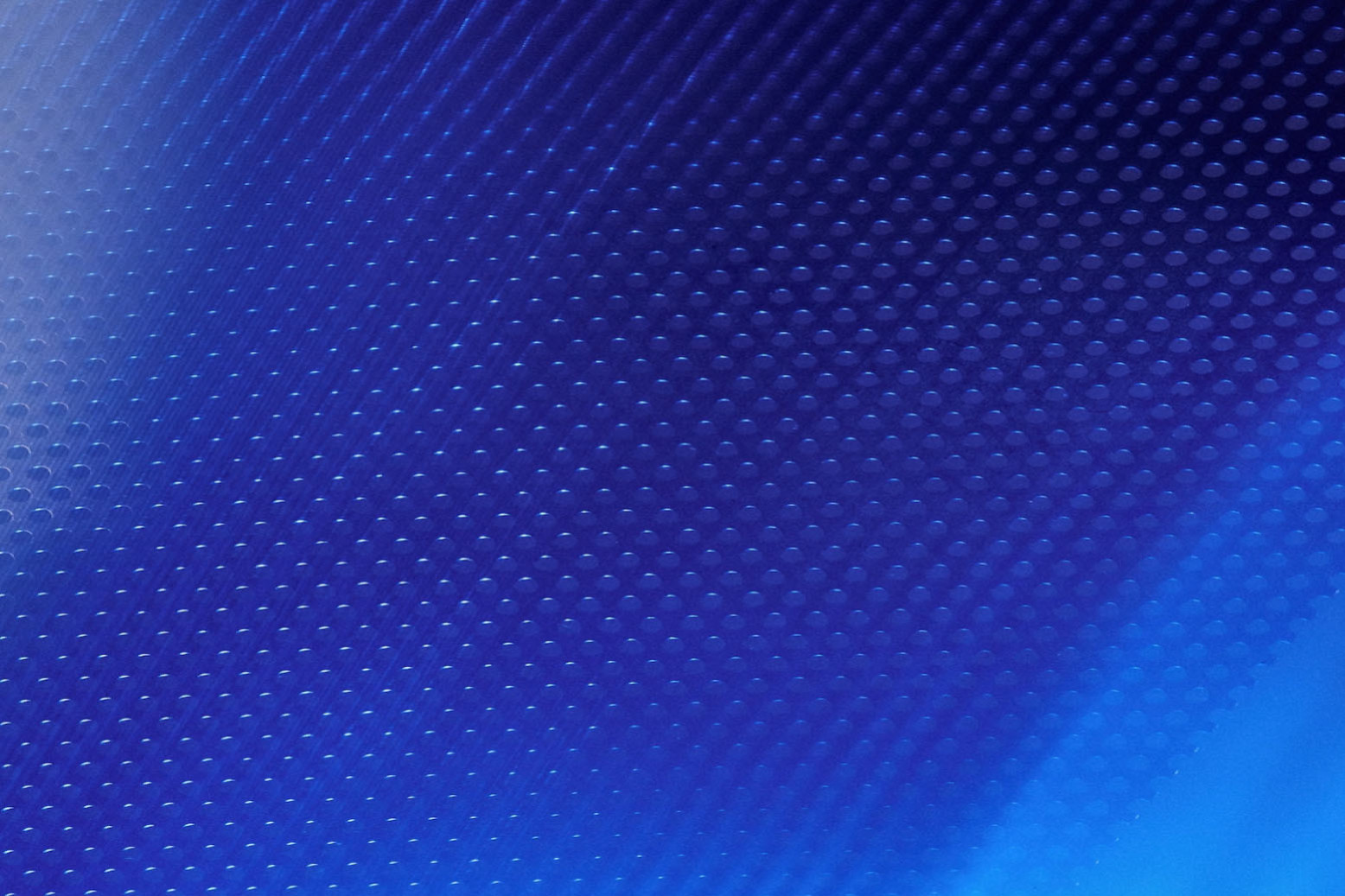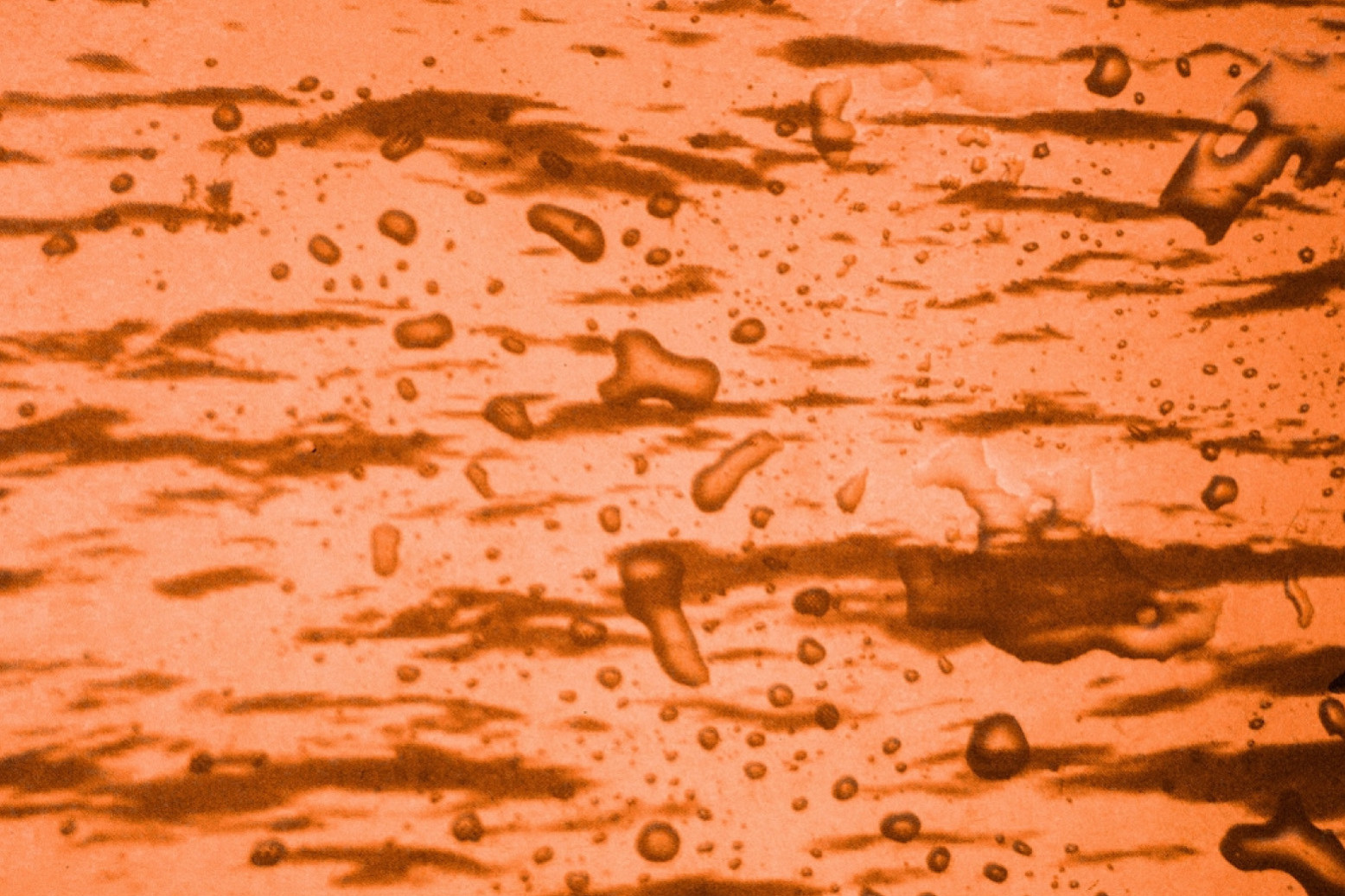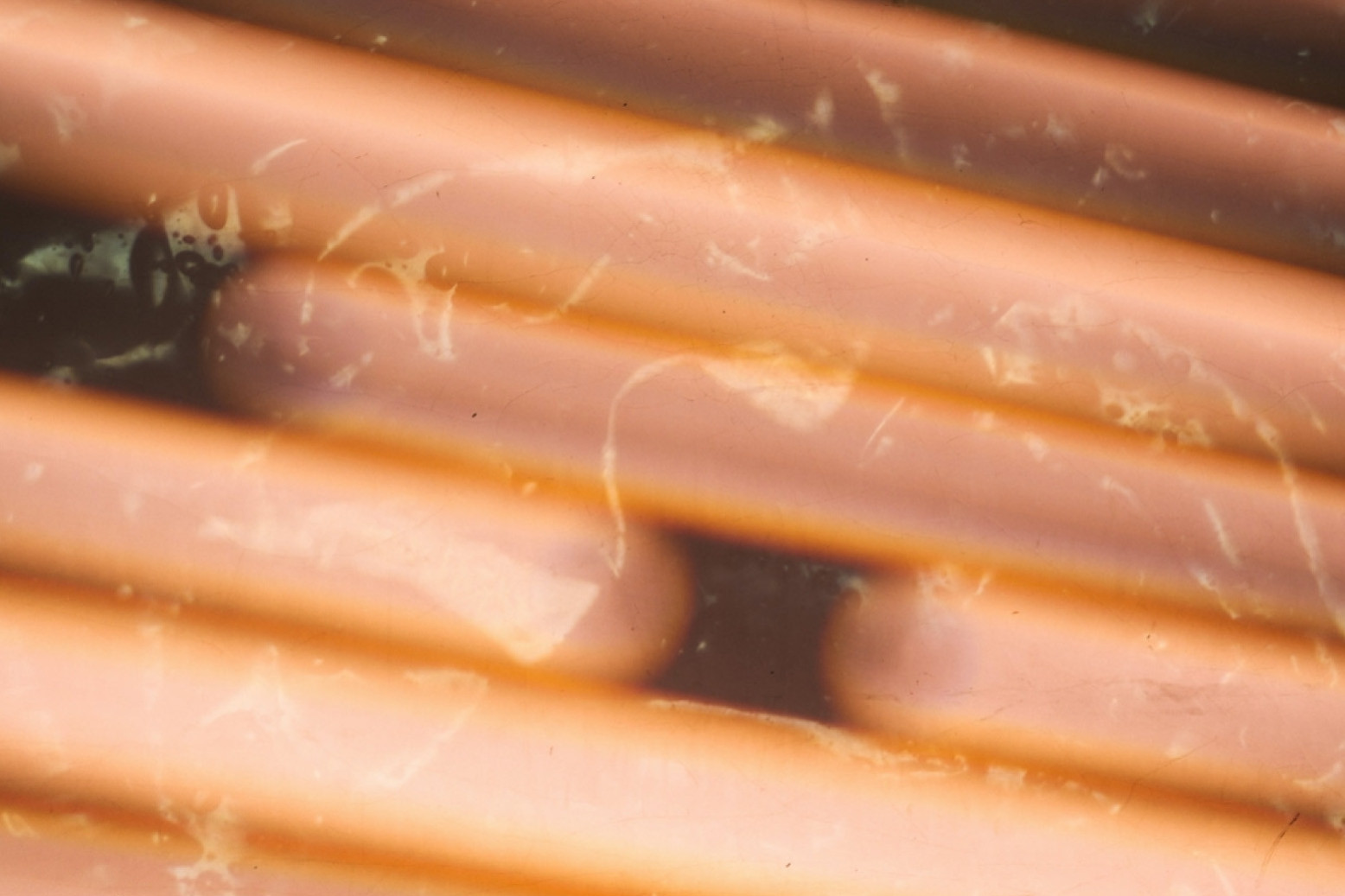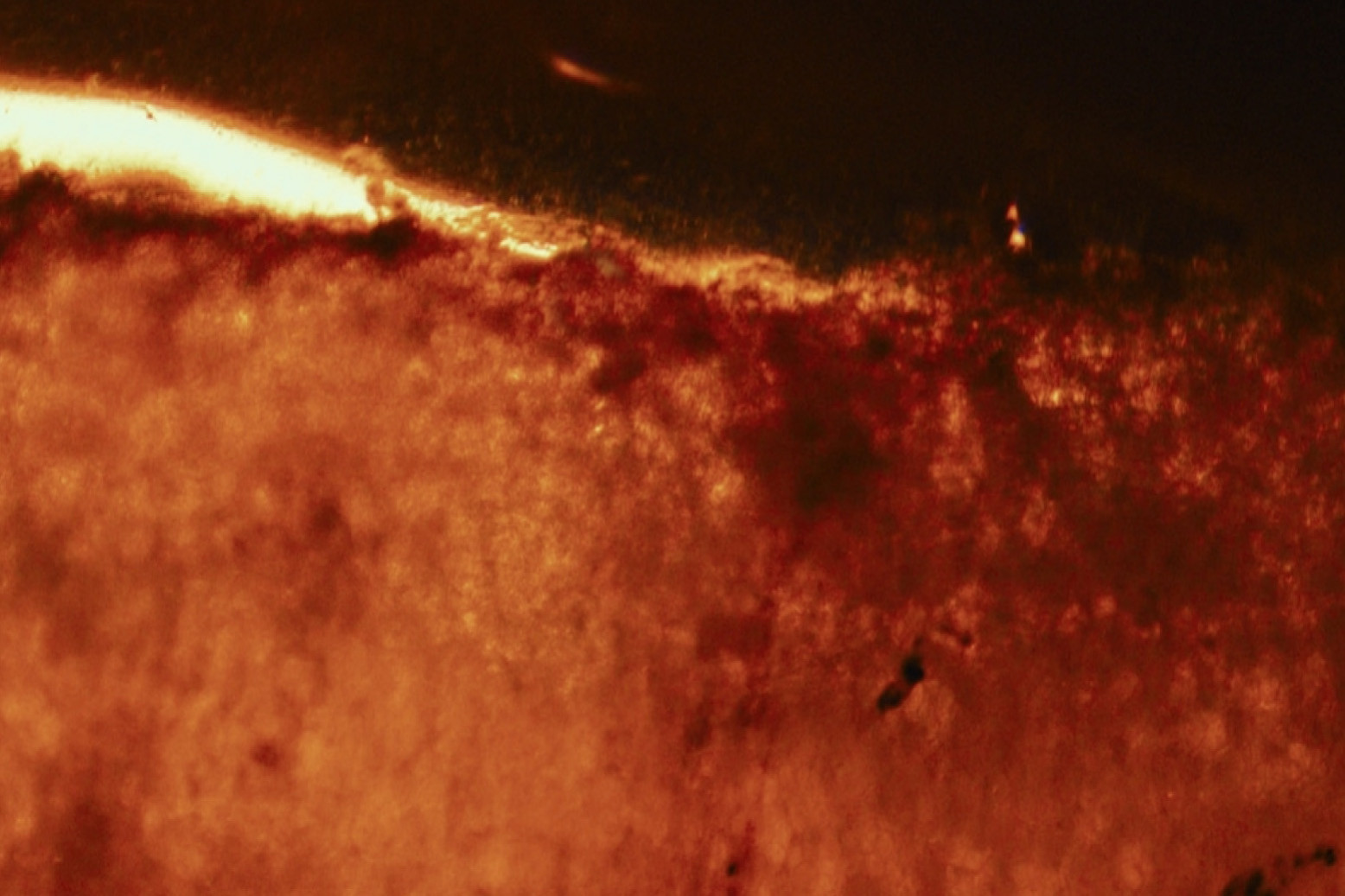Does red light therapy work?
Suppose you are searching for natural methods to improve energy and reduce inflammation. In that case, you may want to investigate Photobiomodulation, sometimes known as low-level laser therapy or, more commonly, red light therapy.
Recently, the knowledge about red light has become widespread, focusing on biohacking, sports recovery, skin care and chronic pain.
The journey of laser therapy, or red light therapy, began with the groundbreaking invention of the ruby laser in 1960 by Dr. Theodore Maiman. It was not until 1967 that Hungarian physician Dr. Endre Mester discovered the potential therapeutic effects of laser light. His research on low-level red light's ability to promote hair growth in mice and accelerate wound healing laid the foundation for the future of red light therapy. Over the next 30 years, continued research and development expanded the applications of low-level laser therapy, demonstrating its benefits for skin rejuvenation, hair growth, wound healing, musculoskeletal pain, arthritis, and recovery. The introduction of cost-effective LED technology further democratised access to red light therapy.
Red light therapy offers numerous benefits to those seeking natural and holistic approaches to optimising their well-being, including:
Reduced inflammation: red light therapy has been shown to decrease inflammation in various tissues, which can help alleviate pain and promote healing[1][3].
Pain relief: Many studies have demonstrated red light’s effectiveness in providing short-term and long-term pain relief for various conditions[1][3].
Accelerated tissue repair and cell growth: stimulates cellular processes that promote faster healing of wounds, injuries, and surgical sites[1][3].
Improved vascular activity: red light therapy may enhance blood circulation, contributing to better overall health and faster recovery[1][3].
Increased energy production: optimises cellular energy production by enhancing mitochondrial function and increasing ATP production[3].
Better sleep: Some users report improved sleep patterns and quality after red light therapy[3].
Enhanced mood and stress reduction: red light therapy has been associated with improved mood and decreased stress levels in some individuals[3].
Skin rejuvenation: red light therapy may support skin health, including improved texture, tone, and scar healing[3].
Versatility in treating various conditions: has shown promise in addressing a wide range of conditions, including arthritis, tendinopathies, neuropathies, and sports injuries[1].
It's important to note that while many of these benefits are supported by research, the effectiveness of red light therapy can vary depending on the specific condition, treatment parameters, and individual factors.
The benefits of red light therapy are extensive. At Alchemy Cryotherapy Centre, we like the benefits provided to skin health and repair, energy production, and reduced inflammation.
Ok, so light therapy works; why should I try it?
Red light therapy offers several advantages for those looking to try natural holistic treatments:
Multifaceted benefits: addresses pain and promotes tissue healing, reduces inflammation, and can improve overall quality of life[6][8]. The ability to multitask wellness and well-being with one treatment is a win.
Potential for systemic effects: Whole-body treatments may offer systemic benefits beyond localised pain relief, potentially addressing related symptoms like fatigue and sleep disturbances[10].
Non-invasive and drug-free: non-invasive therapy that doesn't require medication, making it an attractive option for those seeking alternatives to pharmaceutical pain management [7][8].
Fewer side effects: Unlike some traditional pain medications, red light therapy has very few reported side effects and is considered safe when appropriately administered [8].
No tolerance development: Studies suggest that red light therapy does not lead to tolerance development, even with repeated treatments. This contrasts with some pain medications that can become less effective over time[8].
Complementary approach: can be used alongside other treatments as part of a multimodal pain management strategy[6]. It is important to check with your health professional to determine there is no conflict between using light therapy and other solutions, but in general light therapy tends to provide positive support to other modalities.
At Alchemy Cryotherapy Centre we encourage a holistic and complementary approach to wellbeing. If you are on other treatments, we do encourage you to speak with your doctor and health advisors before trying red light therapy. In practice, we have seen red light therapy support medical treatments.
One area that is open to debate is frequency: How often should you do red light therapy? With the ability to work systemically, frequency may not require a daily or multiple-times-per-week protocol. There is no clear research at this stage. It may also vary depending on the type of issue being addressed.
Our thoughts on frequency, as the data isn’t 100% clear on the complete efficacy of red light therapy, is that:
Skin healing and repair may benefit from multiple sessions per week for a short period.
Energy production may depend on stress levels and training frequency. One session a week may be sufficient to boost energy and reduce inflammation. We also like stacking this with whole-body cryotherapy.
Any acute issue may initially benefit from multiple sessions per week for a short period.
It is recommended to take note of the impact on your body and energy levels to determine the appropriate frequency.
There are few downsides to trying red light therapy, but there are potential upsides. Worse case, you have a very relaxing and enjoyable time under warm lights. Many of our clients have a nap under the whole-body red light ATP chamber at Alchemy Cryotherapy Centre.
Citations:
[1] https://lymphaticsolutions.com.au/photobiomodulation-laser-therapy/
[2] https://www.ncbi.nlm.nih.gov/pmc/articles/PMC10377111/
[4] https://www.mcgill.ca/oss/article/medical-critical-thinking/hype-around-photobiomodulation
[5] https://www.thewellnesslab.com/what-is-photobiomodulation/
[6] https://www.mdpi.com/2227-9032/11/7/938
[7] https://victorias.com.au/treatments/laser-treatments/pain-relief/



